How Focused Ultrasound Could Change Treatment Options for Brain Cancers
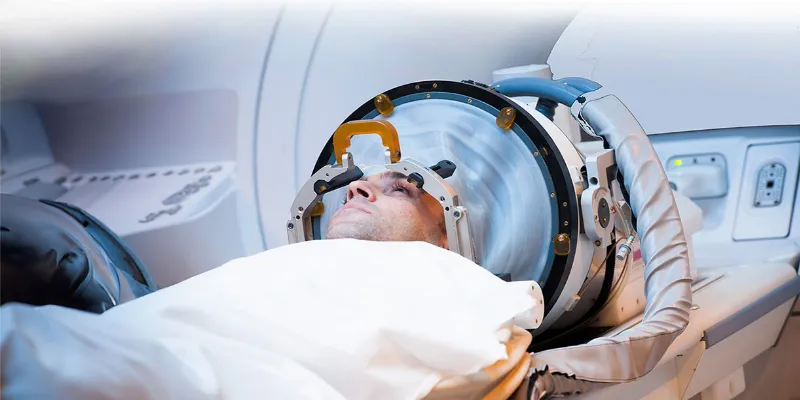

ONCOLife |
28 May 2024
Dr. Neal Kassell, Founder and Chairman of the Focused Ultrasound Foundation, shares insights into the revolutionary role of focused ultrasound in cancer treatment in this exclusive interview for ONCOLife. He highlights how focused ultrasound enhances drug delivery by opening the blood-brain barrier, facilitating targeted therapy with reduced systemic toxicity.
By opening the blood-brain barrier and enabling targeted therapy, focused ultrasound presents a promising future in reducing systemic toxicity and improving treatment efficacy
Click the picture to view the PDF version: Pg 16-20.
This technology, though still in the early stages of research, shows potential in improving treatment outcomes and quality of life for glioblastoma patients through ongoing and innovative approaches, such as enhancing drug delivery. Dr. Neal Kassell emphasizes the potential of focused ultrasound to transform cancer care across various types, promising a future where it becomes a global standard of care.
The Impact of Focused Ultrasound on Brain Cancer
Could you explain the mechanism behind using focused ultrasound to facilitate drug delivery to the brain in glioblastoma patients?
Dr. Neal Kassell: Focused ultrasound enhances drug delivery through several mechanisms. Firstly, it opens the blood-brain barrier, allowing drugs, genes, growth factors, and stem cells to reach brain tumors, which are typically shielded from these agents. Another method involves using nanoparticles to deliver drugs in significantly higher concentrations directly to the targeted area. These nanoparticles, combined with therapeutic agents, are injected intravenously and circulate throughout the body.
Although they reach every tissue and organ, the drug remains inactive while bound to the nanoparticles until focused ultrasound activates it at the desired site. This technique not only increases the drug’s effectiveness by concentrating it where needed but also reduces systemic toxicity and side effects.
Could you elaborate on the recent clinical trial using sonodynamic therapy (SDT) with the NaviFUS device at the University of Virginia? What makes this approach unique compared to traditional methods for treating glioblastoma?
Dr. Neal Kassell: We are currently exploring an exciting, early-stage area of rese-arch involving photodynamic dyes, traditionally activated by laser light, which can also be activated by ultrasound. The advantage of focused ultrasound is its non-invasive nature; unlike a laser, there’s no need to insert anything in-to the tumor.
Additionally, ultrasound is more conformal—the light from a laser diffuses, becoming less effective as it moves away from its source. We’re particularly excited about using dyes like 5-ALA, which are selectively absorbed by tumor cells and not by normal brain tissue.
When exposed to focused ultrasound, these dyes activate, leading to the apoptosis of tumor cells. While it’s still early, ongoing clinical trials are showing promising results, but there is still much work to be done.
Focused ultrasound is FDA- approved for several indications. How do these approvals impact the research and application of this technology in oncology, specifically for glioblastoma? Can you discuss any recent advancements?
Dr. Neal Kassell: Focused ultrasound isn’t approved in the US for treating glioblastoma yet, but we’re conducting clinical research on three fronts: sonodynamic therapy, delivering chemotherapy by opening the blood-brain barrier, and administering immunotherapeutic drugs. Although these studies are in early stages, the initial results are promising.
How does the temporary opening of the blood-brain barrier by focused ultrasound enhance the effectiveness of drugs in treating glioblastoma?
Dr. Neal Kassell: Well, the drugs don’t reach the glioblastoma and particularly the brain around the tumor in very high concentrations because of the blood-brain barrier. By opening the blood-brain barrier, we can deliver much more of the drug to where it’s needed without administering a large amount that would cause systemic toxicity.
What are the advantages of using focused ultrasound over other drug delivery methods in the treatment of glioblastoma?
Dr. Neal Kassell: Because it’s very targeted and focal, there are other ways of opening the blood-brain barrier or developing drugs that will cross the blood-brain barrier, but they would diffuse into the brain. With focused ultrasound, you can precisely target where you want the drug or other therapeutic agents to have an effect.
What are the challenges associated with using focused ultrasound for delivering therapeutic drugs to the brain, particularly in glioblastoma patients?
Dr. Neal Kassell: To confirm that opening the blood-brain barrier increases drug delivery, we first measure if the intended amount of drug is actually reaching the target. In the future, we need to assess if this leads to increased local toxicity in the brain. The main concern is accurate drug measurement.
How can focused ultrasound be integrated with other therapeutic modalities like immunotherapy or radiation therapy? What potential outcomes are you foreseeing?
Dr. Neal Kassell: The hypothesis is that focused ultrasound will enhance cancer immunotherapy drug effectiveness and studies show it can also reduce radiation dosage by 50% through moderate hyperthermia. It’s about enhancing drug delivery, immunotherapy, and radiation therapy.
What types of therapeutic drugs are typically delivered using focused ultrasound in glioblastoma treatment, and how are they selected?
Dr. Neal Kassell: Right now, it involves a variety of standard drugs that have been approved by the FDA and other regulatory authorities. It’s about increasing the effectiveness of the currently available drugs.
From your perspective, how does focused ultrasound affect the quality of life and overall outcomes for glioblastoma patients? Are there any patient success stories that stand out?
Dr. Neal Kassell: We haven’t had enough clinical studies on glioblastoma, DIPG, or metastatic brain tumors from breast or lung cancer yet. These ongoing studies aim to improve life quality and longevity. We’re still in the early stages, taking the first necessary steps.
Looking ahead, what are the next steps in research and clinical adoption of focused ultrasound for cancer treatment? Are there other cancers where this technology shows promise?
Dr. Neal Kassell: Focused ultrasound is being actively researched across a broad spectrum of cancers, including primary malignant brain tumors like gliomas, including glioblastoma and DIPG, as well as secondary metastatic tumors, and cancers of the thyroid, breast, lung, bone, liver, prostate, pancreas, ovaries, and soft tissues such as sarcomas.
A major focus of the Focused Ultrasound Foundation is on cancer and enhancing cancer immunotherapy. Additionally, the emerging field of liquid biopsy, which is particularly challenging in brain tumors due to low DNA levels from the blood-brain barrier, can benefit from focused ultrasound.
By temporarily opening the blood-brain barrier, focused ultrasound can improve the diagnostic capabilities of liquid biopsies, enabling a more targeted approach to identifying biomarkers. This is crucial for distinguishing true tumor progression from pseudo progression in conditions like glioblastoma.
Could you provide us with an overview of your background and some information about the Focused Ultrasound Foundation?
Dr. Neal Kassell: I’m a neurosurgeon and was the Co-chair of the Neurosurgery Department at the University of Virginia for many years. My clinical and research interests were primarily focused on brain vascular issues such as aneurysms, arteriovenous malformations, and benign tumors at the base of the skull. I had a large referral practice, managed a busy research laboratory, and was involved in an outstanding neurosurgery training program.
Around 20 years ago, I became interested in focused ultrasound, which led me to start the Focused Ultrasound Foundation in October 2006. I have been working full-time with the Foundation for over a decade now. The Foundation was established to accelerate the adoption of focused ultrasound as a global standard of care for a wide range of serious medical disorders. This technology holds the potential to transform treatment outcomes, reduce costs, and improve accessibility.
However, transitioning an early-stage technology to widespread use typically is a slow, decades-long process. Our mission at the Foundation is to shorten this timeline significantly, as reducing it even by a day can decrease death, disability, and suffering.
Primarily based in Charlottesville, we operate as a unique hybrid organization performing the roles of a research and education foundation, a clinical society, a manufacturer’s association, and a business development consultancy.
Our team comprises approximately 70 full-time and part-time staff, including about a dozen interns, and we also have sister foundations in Hong Kong, London, and are establishing another in the EU.
We routinely identify and address bottlenecks in the path from lab research to clinical adoption. Our annual budget is around $16 million, with 50-60% dedicated to research. Funding primarily comes from private individuals and their foundations, with additional co-funding from related foundations, manufacturers of focused ultrasound equipment, and academic institutions involved in the research.

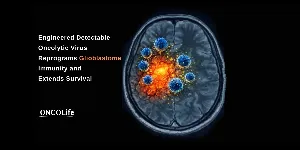
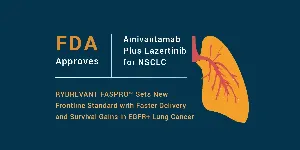
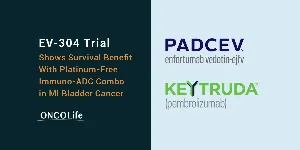

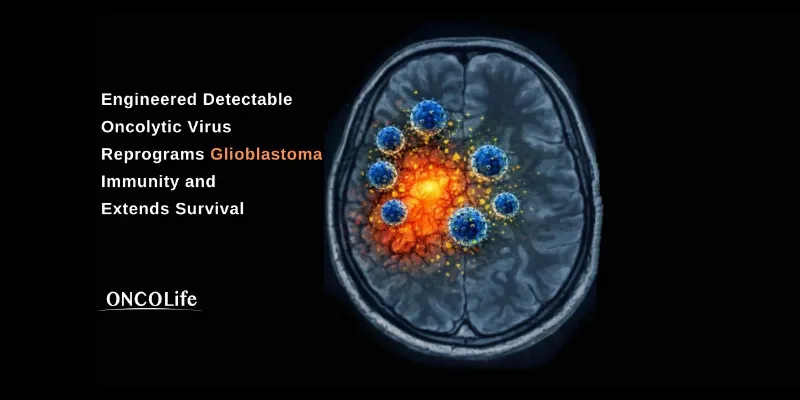
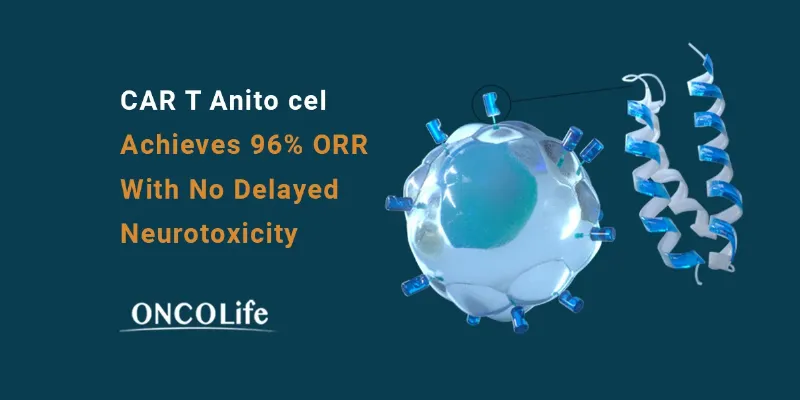
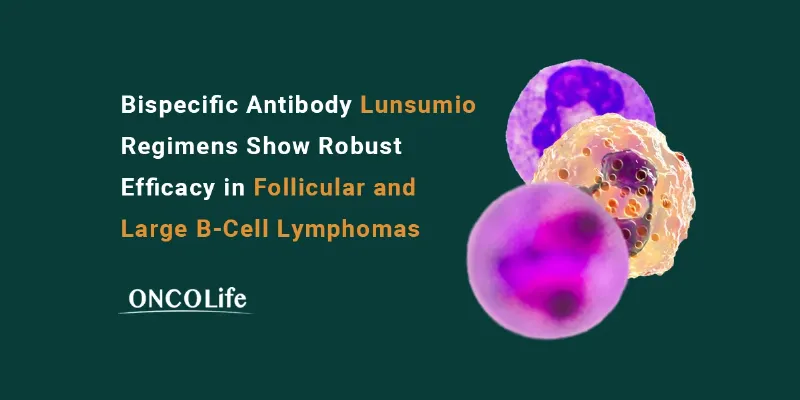


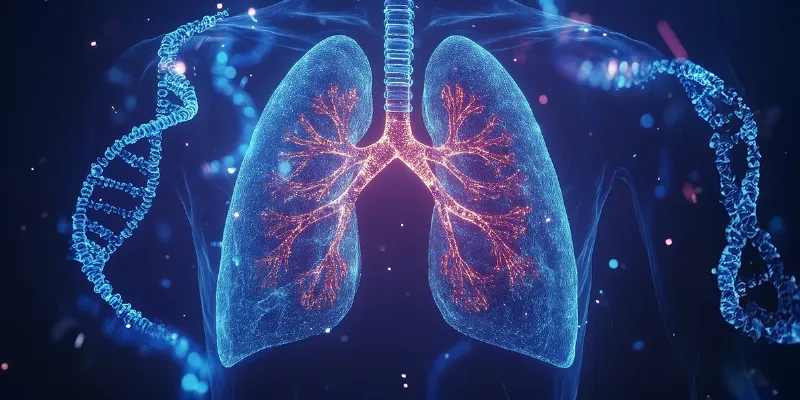
Comments
No Comments Yet!